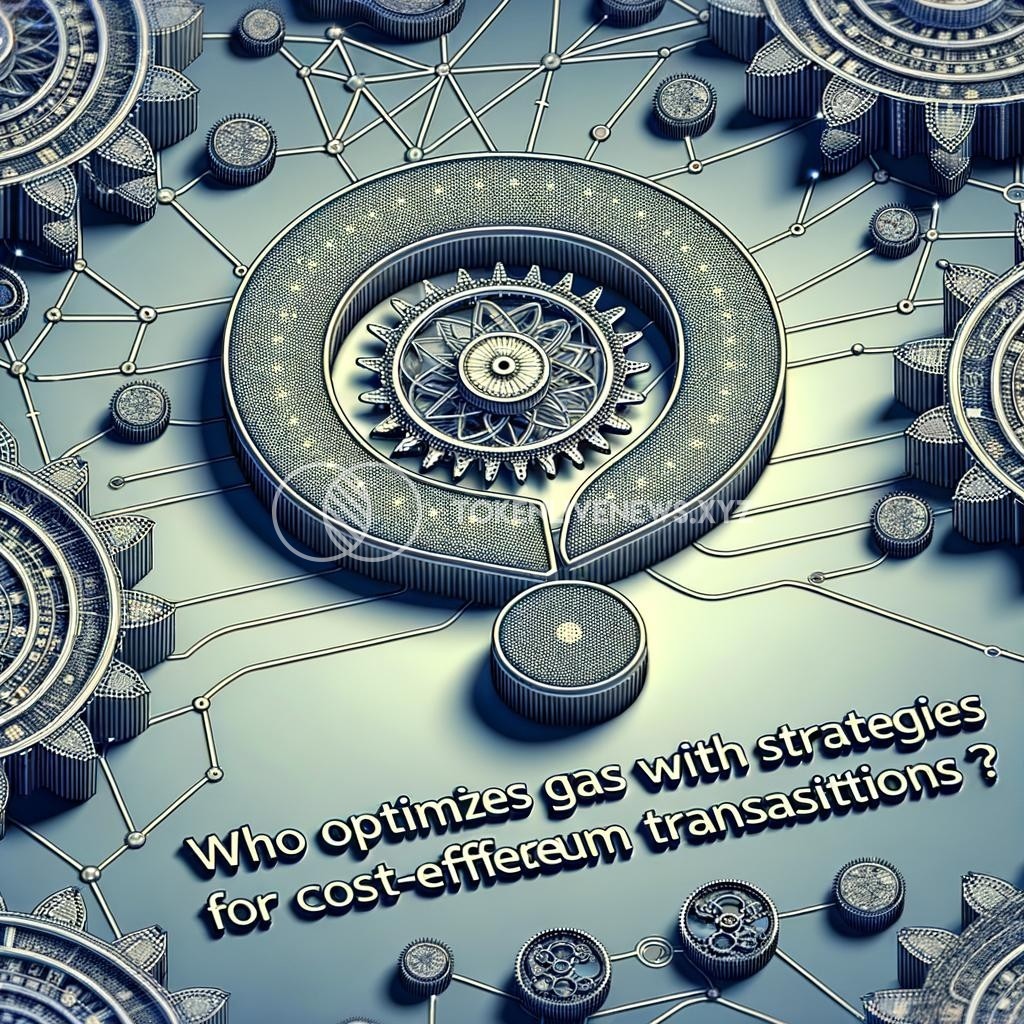Title: Who Optimizes Gas with Strategies for Cost-Effective Ethereum Transactions?
Introduction:
Ethereum, the world’s second-largest cryptocurrency platform, has been gaining increasing popularity among developers and users alike. However, as Ethereum grows in usage and adoption, the cost of transactions can sometimes become prohibitively expensive. To address this issue, there is a need for optimized gas strategies that ensure cost-effective transactions on the Ethereum network. In this article, we will explore the key players who are actively working on implementing such strategies and revolutionizing the way we interact with Ethereum.
1. Gas Optimization: A Necessity for Ethereum Users:
Gas is the fee required to conduct a transaction or execute a smart contract on the Ethereum network. It is denoted in ”Gwei,” a smaller denomination of Ether, the native cryptocurrency of Ethereum. As the price of gas fluctuates with network demand, it is crucial for users to optimize their transactions to minimize costs and enhance efficiency.
2. Ethereum Improvement Proposals (EIPs) Paving the Way:
The Ethereum community, driven by developers and stakeholders, continuously works on improving the efficiency of the network. Ethereum Improvement Proposals (EIPs) play a crucial role in implementing new features and enhancing existing functionalities. Several EIPs have focused on gas optimization, such as EIP-1559 and EIP-2929, which aim to reduce transaction costs and improve the overall Ethereum user experience.
3. Gas Tokenization: Mitigating Transaction Costs:
Gas tokenization is a novel approach that allows users to lock gas fees at a specific rate, potentially reducing the impact of fluctuating gas prices. Projects like GasToken, CHI Gastoken, and GST2 have emerged as solutions to help users optimize their gas fees, especially during periods of peak network congestion, thereby enabling cost-effective transactions.
4. Layer-2 Scaling Solutions: Lowering Transaction Costs and Enhancing Scalability:
Layer-2 scaling solutions hold promise in significantly reducing costs associated with Ethereum transactions. Solutions like Optimistic Rollups, Plasma, and state channels move a significant portion of transaction activity off the main Ethereum chain while ensuring the same level of security, thereby reducing congestion and costs.
5. Third-Party Services and Wallets Offering Gas Optimization:
Apart from protocol-level improvements, external services and wallets are providing tools and applications to optimize gas usage. Platforms like MetaMask, MyEtherWallet, and Gnosis Safe offer features that allow users to customize gas settings, estimate gas costs, and optimize transaction speeds, enabling more cost-effective Ethereum transactions.
Conclusion:
As Ethereum’s user base continues to expand, gas optimization becomes crucial for cost-effective transactions and improved network scalability. The Ethereum community, alongside various third-party services, is actively working on solutions such as EIPs, gas tokenization, and layer-2 scaling to ensure efficient and affordable interactions on the network. With ongoing innovation and improvement, Ethereum’s gas optimization strategies will continue to evolve, supporting the growth and adoption of this groundbreaking blockchain platform.







